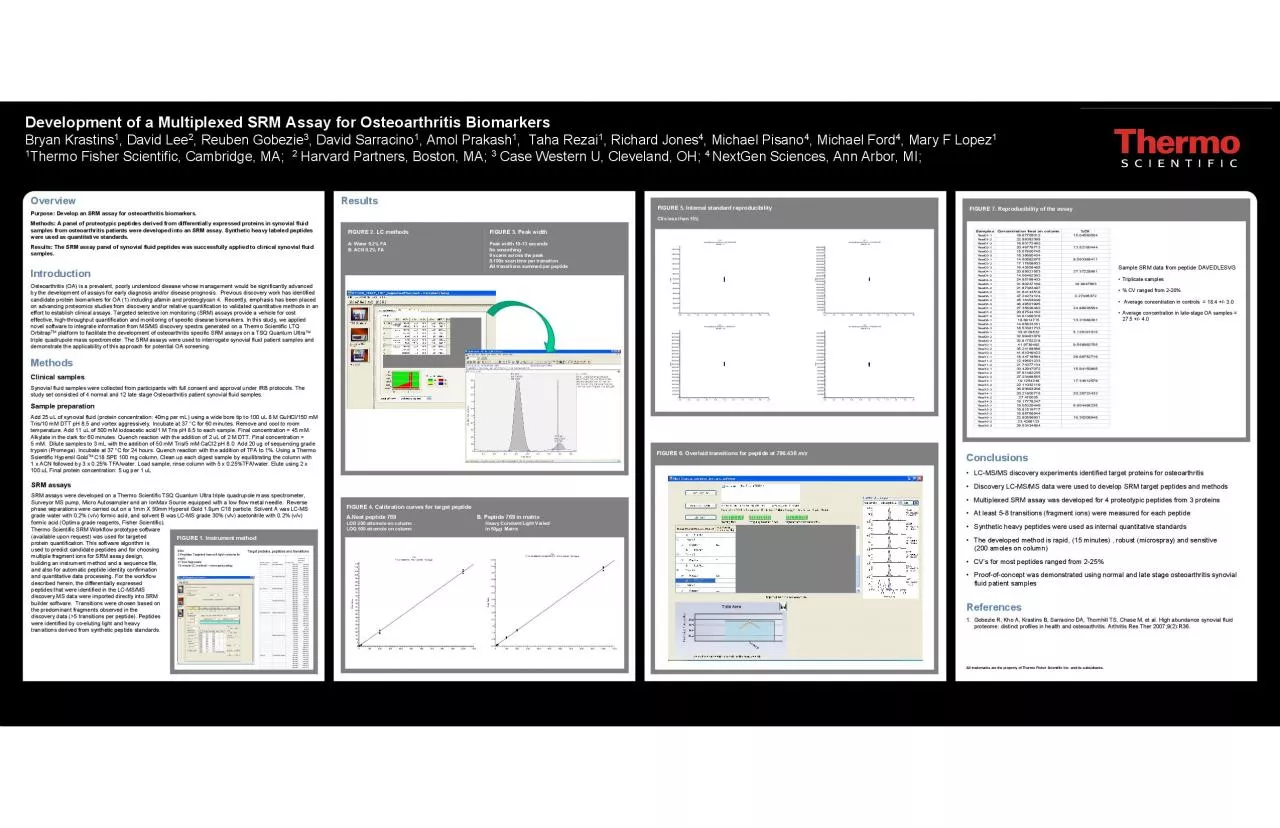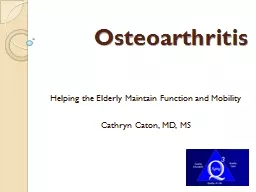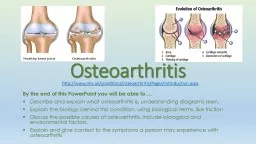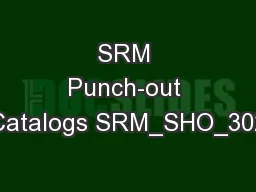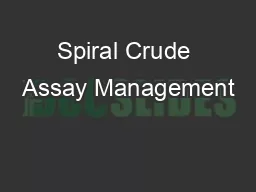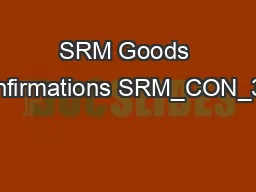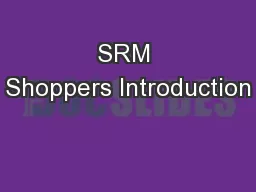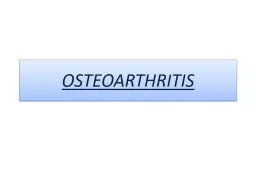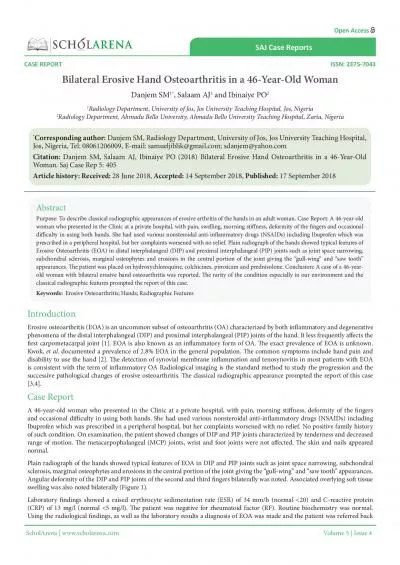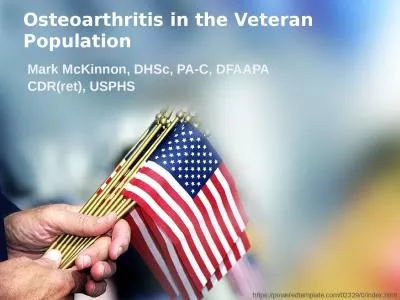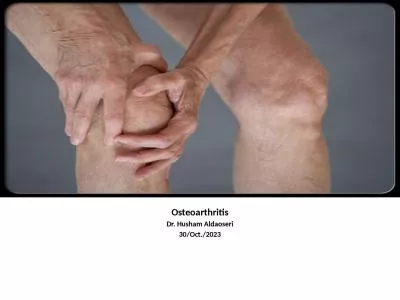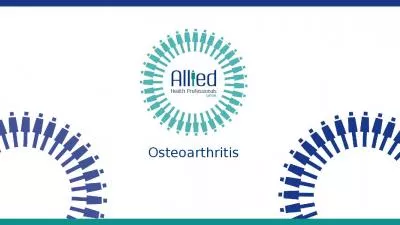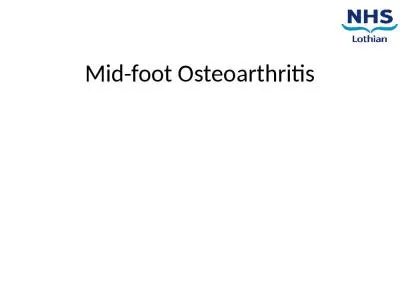PDF-OverviewPurpose Develop an SRM assay for osteoarthritis biomarkersMe
Author : emily | Published Date : 2022-09-02
FIGURE 2 LC methodsA Water 02 FAB ACN 02 FA FIGURE 3 Peak widthPeak width 1013 seconds9 scans across the peak0100s scan time per transitionAll transitions summed
Presentation Embed Code
Download Presentation
Download Presentation The PPT/PDF document "OverviewPurpose Develop an SRM assay for..." is the property of its rightful owner. Permission is granted to download and print the materials on this website for personal, non-commercial use only, and to display it on your personal computer provided you do not modify the materials and that you retain all copyright notices contained in the materials. By downloading content from our website, you accept the terms of this agreement.
OverviewPurpose Develop an SRM assay for osteoarthritis biomarkersMe: Transcript
Download Rules Of Document
"OverviewPurpose Develop an SRM assay for osteoarthritis biomarkersMe"The content belongs to its owner. You may download and print it for personal use, without modification, and keep all copyright notices. By downloading, you agree to these terms.
Related Documents

